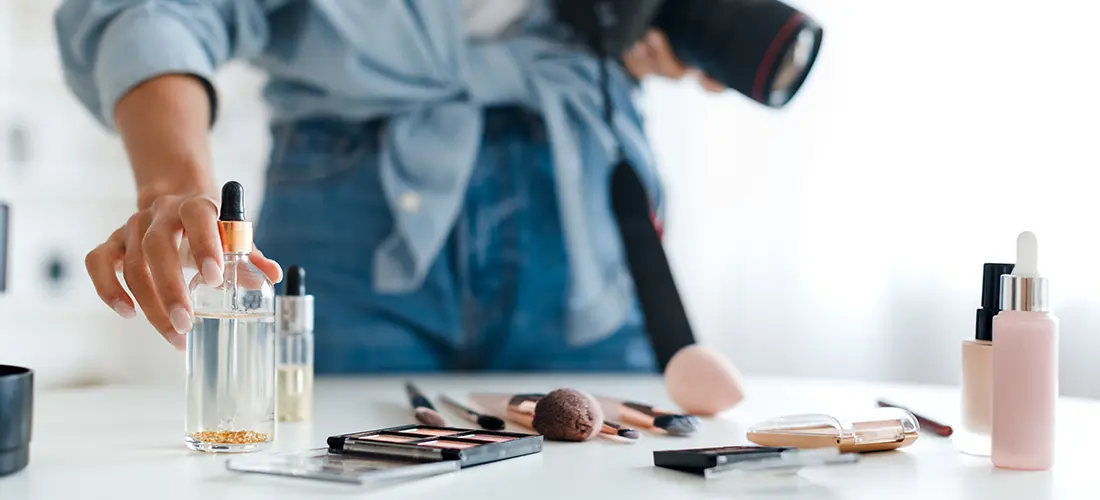
Hey there, fellow shutterbugs! As a team member at Pro Photo Studios, I’m excited to share my insights into the world of product photography. In this in-depth blog post, we’ll focus primarily on various types of product photography and provide examples to help you understand each style. So, grab your camera, and let’s get snappin’!
What does eCommerce photography include?

eCommerce photography is like the Swiss Army knife of the photography world—it includes so many versatile styles and techniques. Here are some common types of eCommerce photography you’ll likely encounter, along with examples to illustrate each style.
Studio shots
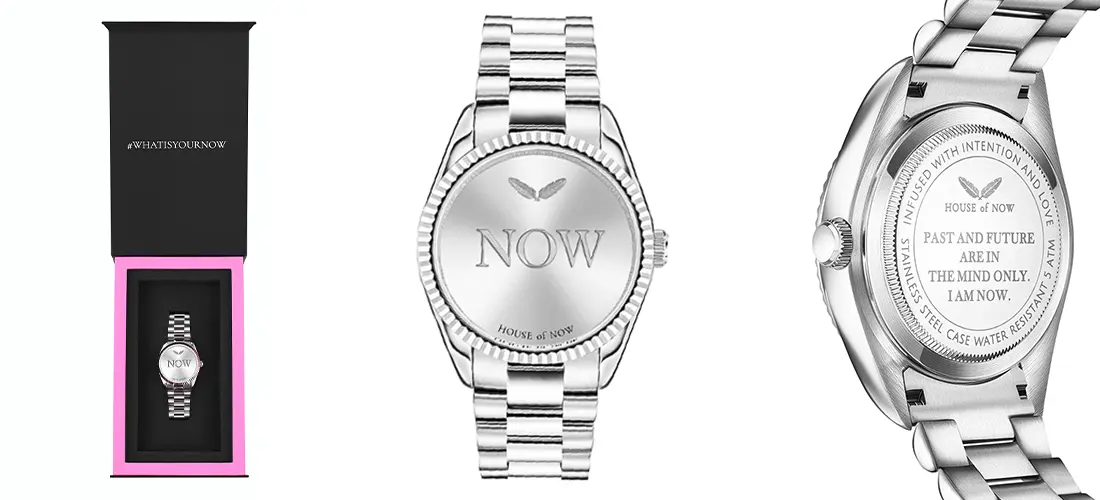
The bread and butter of eCommerce photography, featuring clean, crisp images of products against a solid background.
Studio shots hold a special place in the realm of eCommerce photography, serving as the quintessential method for presenting products in an eye-catching and informative manner. These images are distinguished by their uncluttered, sharp appearance, displaying products against a solid backdrop. Generally, studio shots are the go-to choice for e-commerce websites, product catalogs, and promotional materials, as they allow customers to focus on the product without any distractions.
One of the primary benefits of studio shots is their ability to emphasize the product’s shape, color, and texture, providing customers with an accurate representation of the item. For example, a photograph of a designer handbag against a white background would effectively showcase its design and craftsmanship while allowing potential buyers to envision the bag as part of their wardrobe.
To create stunning studio shots, lighting plays a crucial role. Mastering the use of natural or artificial light can greatly impact the final result, highlighting the product’s best features and eliminating unwanted shadows. Softboxes, umbrellas, and reflectors can be used to manipulate light and create the desired effect. Additionally, using a tripod ensures stability and sharpness in your images.eCommerce
Lifestyle shots

As a product photographer, I’ve had the pleasure of working on numerous lifestyle photography projects. Lifestyle shots are a fantastic way to showcase products in action, as they depict real-life situations and contexts, making it easier for customers to imagine themselves using the items. These images often include models, props, and backgrounds, which work together to tell a story and evoke emotions that resonate with potential buyers.
For example, let’s say we’re photographing a stylish picnic blanket and basket. We might stage a scene in a beautiful park, with a couple enjoying a picnic on a sunny afternoon. By capturing this authentic moment, we help customers visualize the products in use and create a desire for them to experience similar moments with those items.
When shooting lifestyle images, it’s essential to plan ahead and pay attention to details. We collaborate closely with our clients to understand their vision and the message they want to convey. This helps us select the right location, props, and models to create a cohesive and engaging visual narrative.
Lighting is a critical aspect of lifestyle photography. We strive to utilize natural light whenever possible, as it often results in more genuine and visually appealing images. However, we also carry portable lighting equipment to ensure that we can control and enhance the lighting conditions when necessary.
Composition and storytelling are also vital in lifestyle shots. We carefully arrange the scene and guide our models to create images that tell a compelling story and showcase the product’s best features. During post-production, we use editing software to fine-tune colors, adjust exposure, and perfect the overall look of the images, ensuring that the final result aligns with the client’s vision and effectively conveys the desired message.
Scale shots
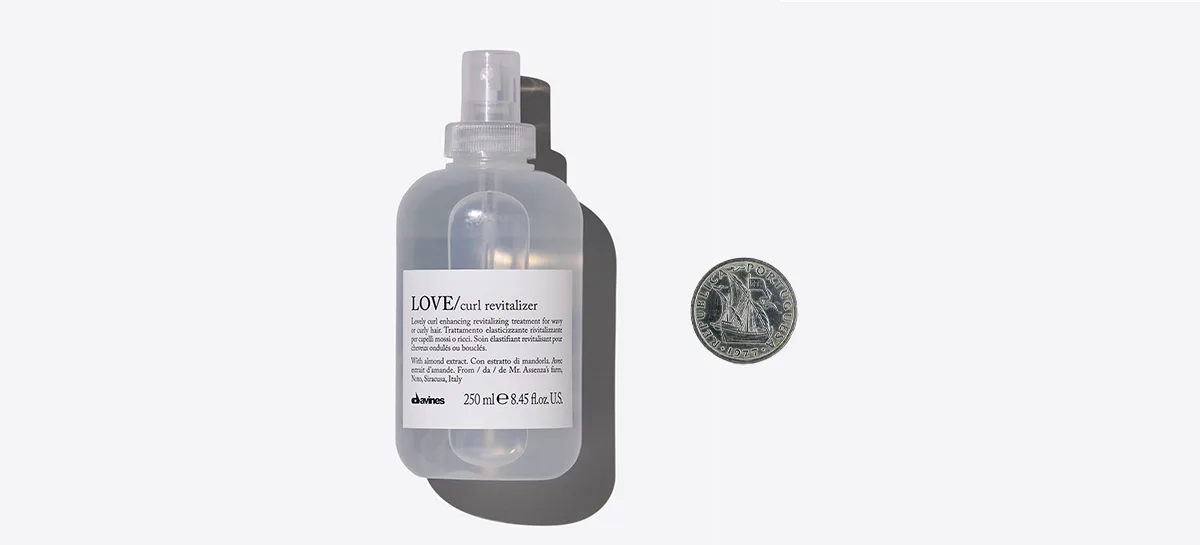
Scale shots are a valuable tool in eCommerce photography, as they help convey the true size of a product by positioning it alongside familiar, everyday objects. This technique allows customers to gain a clearer understanding of the product’s dimensions and proportions, making it easier for them to make informed purchasing decisions.
More articles: A Photographer’s Guide to UV Protection Lens Filters: Boost Your Image Quality and Protect Your Gear
For instance, when photographing a portable Bluetooth speaker, we might place it next to a coffee mug to demonstrate its compact size. By doing so, we can effectively communicate the speaker’s portability and unobtrusive nature, which may be key selling points for potential buyers.
When creating scale shots, it’s crucial to choose comparison objects that are easily recognizable and relevant to the target audience. The chosen object should also be proportionate to the product being showcased, ensuring that the size comparison is accurate and visually appealing.
Additionally, lighting and composition play an essential role in scale shots, just as they do in other types of product photography. By skillfully arranging the product and comparison object within the frame and manipulating the lighting conditions, we can create striking images that effectively convey the desired message about the product’s size.
In essence, scale shots are an indispensable aspect of product photography, as they provide customers with essential information about the size and proportions of a product, helping them make well-informed purchasing decisions.
more articles: Building Customer Loyalty for Your Business
Detailed shots

Detail shots are an essential component of eCommerce photography, offering extreme close-ups that emphasize the unique features, textures, or intricacies of a product. These images allow us, as photographers at Pro Photo Studios, to capture aspects of a product that might be challenging to see in a standard studio shot.
For example, when photographing a luxury watch, we might take a close-up image to showcase the intricate gears and craftsmanship of the timepiece. By doing so, we can highlight the watch’s fine details and quality, which are crucial selling points for discerning customers.
When capturing detail shots, it’s essential to use the right equipment, such as macro lenses, which enable us to focus closely on the subject and reveal minute details. Lighting is also crucial in revealing the product’s unique features, and we often use specialized lighting techniques to accentuate textures and bring out the intricacies of the item.
Composition plays a vital role in detail shots, as it’s important to direct the viewer’s attention to the specific aspect of the product we want to highlight. We carefully frame the shot, ensuring that the focal point is clearly visible and stands out within the image.
More articles: How to Rank Your YouTube Videos in 2023
In our work at Pro Photo Studios, detail shots are invaluable in creating a comprehensive visual representation of a product. By combining these close-up images with other types of product photography, we can offer clients a complete and compelling visual story that effectively showcases their product’s unique features and quality.
Group shots
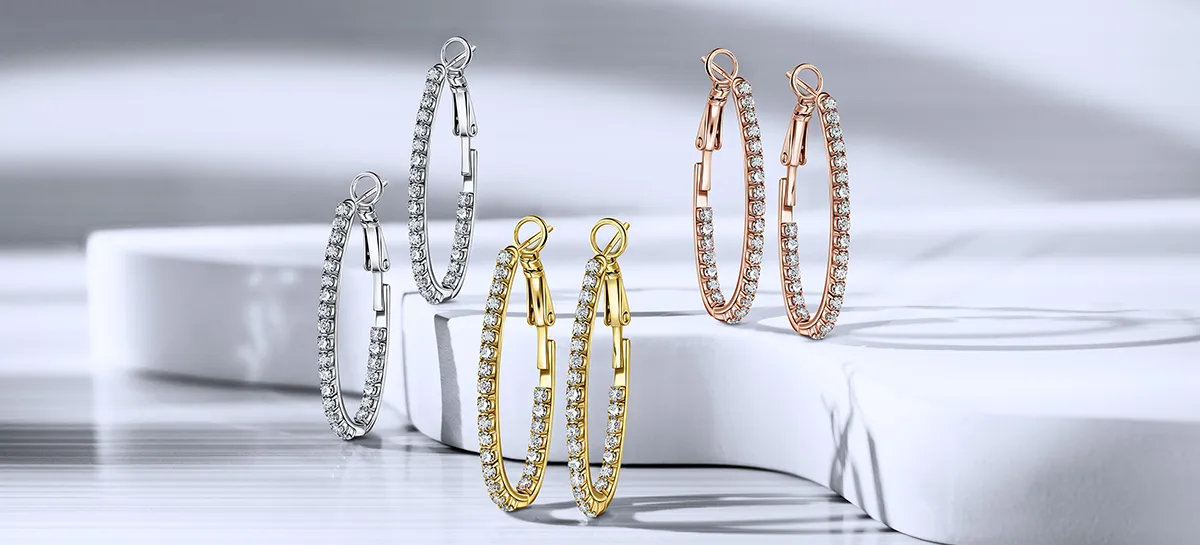
At Pro Photo Studios, our team of product photographers recognizes the value of group shots in presenting multiple products or product variations together. These images assist customers in comparing and contrasting their options, facilitating informed purchasing decisions.
More articles: How to Launch Your Products on Amazon with Unrivaled Success: The Comprehensive Guide
Take, for instance, a project involving an array of lipstick shades. We would arrange them side by side, effectively showcasing the diverse color options available to customers. In doing so, we emphasize the product’s versatility and appeal to a broader range of potential buyers.
When composing group shots, we pay close attention to lighting, arrangement, and background. Proper lighting is crucial to accurately represent colors and highlight the unique features of each product. The arrangement of items within the frame should be visually appealing and easy to understand, guiding the viewer’s eye through the image and ensuring that each product receives adequate attention.
More articles: How to Incorporate Shape and Form into Your Image Composition
Choosing the right background is also essential, as it should complement the products without distracting from them. In some cases, a simple, neutral background works best, while in others, a more elaborate or textured backdrop may enhance the overall composition.
360-degree
In our work at Pro Photo Studios, we often employ 360-degree shots to provide customers with an interactive and immersive shopping experience. This technique involves capturing a series of images at different angles, which can be combined to create a rotating view of a product. As a result, customers can explore a product from every angle, gaining a more comprehensive understanding of its design and features.
more articles: The art of Using Hashtags on Facebook
For instance, when photographing a pair of running shoes, we might take a series of images from various angles, enabling customers to virtually “spin” the shoes and examine their design and features more closely. This approach helps customers feel more confident about their purchase, as they have a better grasp of the product’s appearance and functionality.
To create successful 360-degree shots, our team must consider several factors, such as consistent lighting, precise camera positioning, and seamless image stitching. Ensuring that the lighting remains consistent across all images is crucial, as it helps maintain a uniform appearance and avoids visual distractions. Camera positioning is also essential, as the camera must be carefully aligned and kept at the same distance from the product throughout the shoot.
Once the images are captured, they must be stitched together in post-production to create a smooth, interactive rotation. Attention to detail during this process is vital, as any discrepancies between images can disrupt the viewer’s experience and detract from the product’s presentation.
more articles: 10 Best External Camera Screens in 2023
By utilizing 360-degree shots, we at Pro Photo Studios can offer our clients a dynamic and engaging way to showcase their products, allowing customers to explore and interact with the items as if they were physically present. This approach not only enhances the shopping experience but also helps build customer trust and confidence in the products being presented.
Flat lays and Ghost mannequin shots
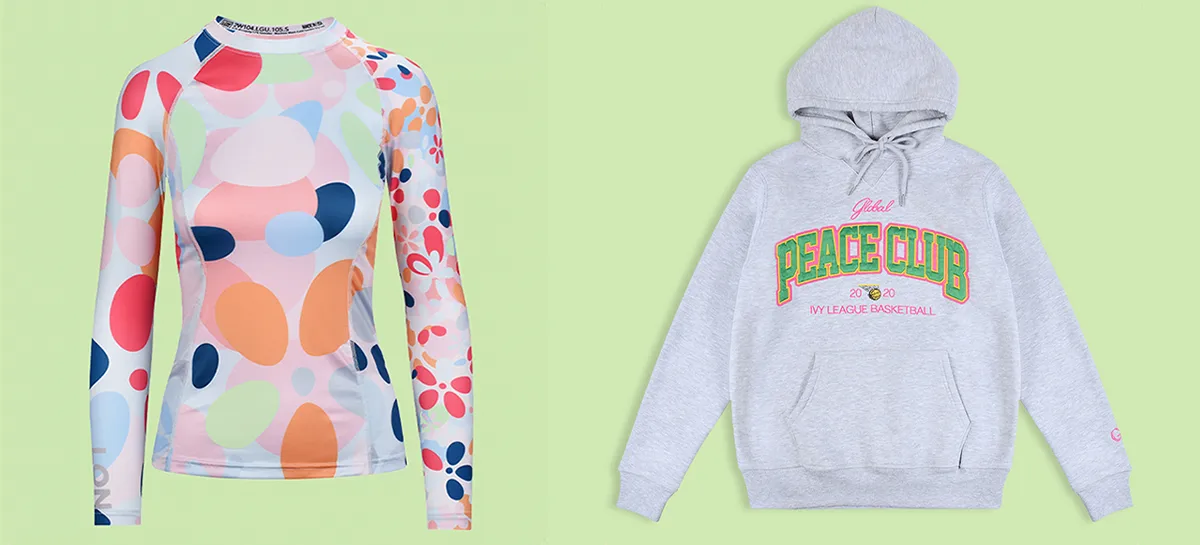
At Pro Photo Studios, we’re well-versed in various eCommerce photography styles, including flat lays and ghost mannequin shots. Both of these techniques offer unique ways to showcase products, and our team is adept at utilizing them to create eye-catching images.
Flat lays are an overhead view of a collection of items, artistically arranged on a flat surface. This style is particularly popular for social media image content and helps create a cohesive visual story around a product or brand. When creating flat lays, we pay close attention to composition, color coordination, and balance. The arrangement should be visually appealing and effectively convey the desired message or theme. A well-executed flat lay can provide customers with a clear understanding of the product’s aesthetic and functionality.
more articles:How to Sell Candles On Amazon – The Ultimate Guide
Example: A photograph of a neatly arranged outfit, featuring a shirt, pants, shoes, and accessories, all laid out on a solid background.
Ghost mannequin shots, on the other hand, involve displaying clothing items on an invisible mannequin, giving the impression that the garments are floating. This technique helps emphasize the shape and fit of clothing without the distraction of a visible mannequin or model. To achieve this effect, we typically photograph the clothing item on a mannequin, then remove the mannequin in post-production, leaving only the garment visible.
Example: A photograph of a form-fitting dress, shown on an invisible mannequin, highlighting the garment’s cut and silhouette.
more articles: Your Aesthetic Photography Problems Solved
Both flat lays and ghost mannequin shots require a keen eye for detail and a thorough understanding of the products being photographed. Our team at Pro Photo Studios is skilled in these techniques, ensuring that the images we create effectively showcase our clients’ products, capturing the attention of potential customers and elevating the overall shopping experience.
These are just some of the many types of eCommerce photography you might encounter as a photographer. The key is to understand each style’s purpose and use the appropriate technique to create compelling images that showcase your client’s products in the best light.
A Few More Questions Answered
Now that we’ve covered the different types of product photography and provided examples, let’s address a few more questions you might have as you venture into this exciting field.
How do I start eCommerce photography?
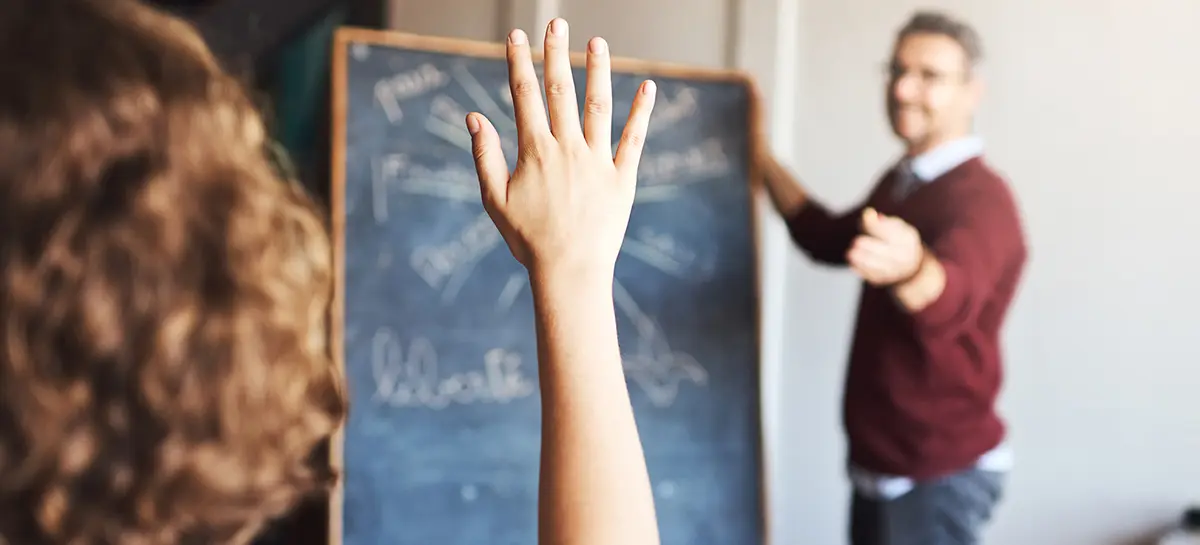
Getting started in product photography is easier than you think! Just follow these steps:
- Do your research: Study different types of product photography, and find inspiration in the work of others.
- Invest in the right gear: You don’t need a bank-breaking setup, but a decent camera, tripod, and lighting equipment are essential.
- Practice, practice, practice: Hone your skills by photographing everyday objects around your home.
- Build a portfolio: Showcase your best work online to attract potential clients.
- Network: Connect with other photographers, attend workshops, and join online communities to learn and grow.
What type of skills do eCommerce photographers need?
Aside from mad camera skills, product photographers should possess a well-rounded toolbox of abilities, such as:
- Lighting expertise: Knowing how to manipulate light is key to capturing stunning product shots.
- Attention to detail: A keen eye for composition, color, and symmetry will help you create images that wow.
- Editing prowess: Photoshop and Lightroom should be your best friends—mastering these tools will enable you to enhance your photos and correct imperfections.
- Time management: Juggling multiple projects and meeting tight deadlines requires excellent organization and time management.
- Communication skills: Collaborating with clients and understanding their needs is crucial for delivering exceptional results.
Final thoughts
Understanding and mastering the various types of product photography is essential for creating compelling images that showcase products in the best light. By exploring and experimenting with these styles, you’ll be well-equipped to capture stunning visuals that help your clients’ products stand out in a crowded marketplace. Remember, practice makes perfect—so keep honing your craft, and you’ll be snapping sensational product shots in no time. Happy shooting!
FAQs
eCommerce photography is a specialized field of photography that focuses on capturing high-quality images of products to be used for e-commerce websites, product catalogs, promotional materials, and more. It involves various styles and techniques to best showcase the products in a visually appealing manner.
The main types of product photography include studio shots, lifestyle shots, scale shots, detail shots, group shots, 360-degree shots, flat lays, and ghost mannequin shots. Each type serves a specific purpose and helps showcase the product in different ways
To start eCommerce photography, follow these steps: do your research, invest in the right gear, practice, build a portfolio, and network with other photographers, attend workshops, and join online communities
eCommerce photographers need a well-rounded set of skills, including lighting expertise, attention to detail, editing prowess, time management, and communication skills.
To improve your eCommerce photography skills, practice regularly, seek inspiration from other photographers, attend workshops or online courses, and collaborate with other professionals.
Essential equipment for eCommerce photography includes a decent camera, tripod, and lighting equipment.
To build a portfolio, select your best work and showcase it on a personal website or online platform like Behance or Instagram.
Post-processing is crucial in product photography as it allows photographers to enhance their photos, correct imperfections, and achieve a consistent look across images.
Studio shots are clean, crisp images of products against a solid background, while lifestyle shots show products in real-life situations, often including models, props, and picturesque backgrounds.
To create a cohesive visual story, consider using consistent lighting, color schemes, and composition techniques throughout your images. Flat lays are popular for creating a cohesive visual story on social media platforms.
if you’re looking to increase your online conversion but still feel you are not sure where to start – check out these resources below:







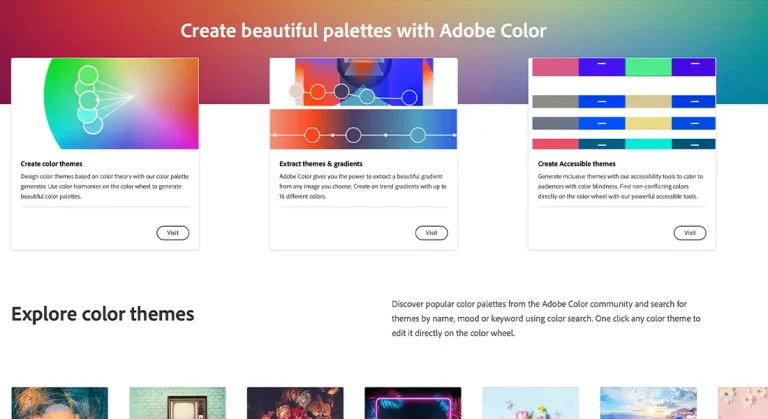

1 thought on “Capturing the Perfect Shot: An In-Depth Look at Types of eCommerce Photography”
Your post has significantly elevated my approach to photography. Thank you for the invaluable tips